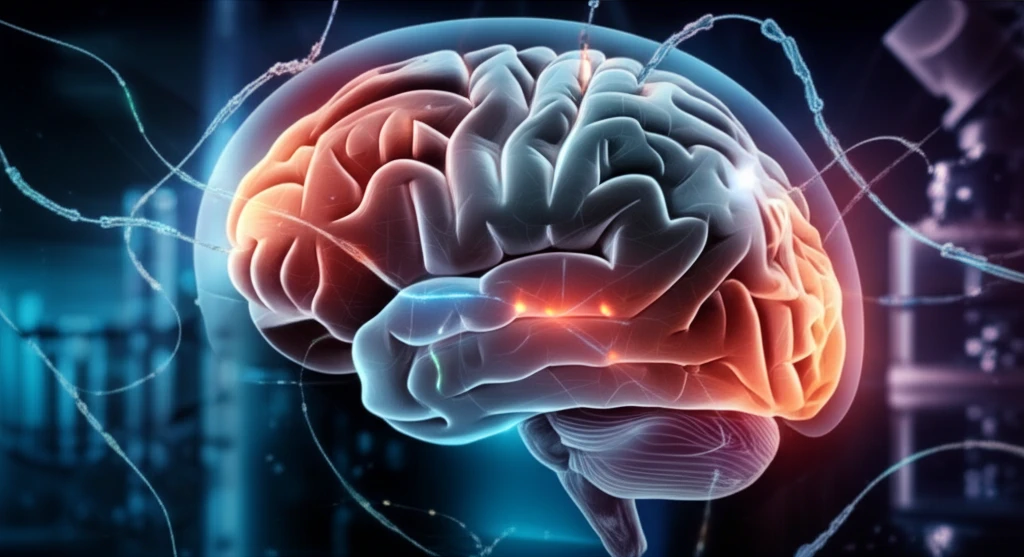
Decoding the Brain Microbiome Controversy: Separating Fact from Contamination
"A critical look at metagenomic sequencing and the quest to understand the true microbial residents of the brain."
The idea of a brain microbiome – a unique community of microorganisms residing within the brain – has recently sparked both excitement and controversy in the scientific community. Recent studies using metagenomic next-generation sequencing (mNGS) have suggested the presence of such a microbiome. However, these findings have been challenged, with critics raising concerns about the potential for contamination to confound the results.
In a recent exchange published in JAMA Neurology, researchers discussed the challenges in interpreting mNGS data related to the brain. The core debate revolves around distinguishing genuine microbial residents from environmental contaminants that may be introduced during sample collection, processing, or sequencing. Understanding this distinction is crucial for accurately characterizing the brain's microbial landscape and its potential impact on neurological health.
This article dives into the heart of this controversy, explaining the key challenges of mNGS, the sources of potential contamination, and the ongoing efforts to refine methodologies for brain microbiome research. By clarifying these complexities, we aim to provide a clearer picture of what we know – and what we still need to learn – about the microbial inhabitants of the brain.
The Contamination Conundrum: Why Brain Microbiome Research is Tricky

One of the biggest hurdles in brain microbiome research is the extreme sensitivity of mNGS. This powerful technique can detect even trace amounts of nucleic acids, making it vulnerable to detecting contaminants from various sources. These sources can include:
- Stringent laboratory practices: Implementing rigorous sterile techniques during sample collection and processing to minimize the introduction of external microbes.
- Careful reagent selection: Using reagents that are certified to be free of microbial contamination.
- Control samples: Analyzing "no-template" controls (samples without any brain tissue) to identify background contaminants.
- Bioinformatics analysis: Employing sophisticated algorithms to filter out contaminant sequences and identify true microbial signals.
Moving Forward: Refining the Search for the Brain Microbiome
Despite the challenges, the quest to understand the brain microbiome is far from over. Researchers are actively refining their methodologies to minimize contamination and improve the accuracy of mNGS-based studies. These efforts include:
It's also crucial to validate mNGS findings with other techniques, such as in situ hybridization and assessing for bacterial protein immunoreactivity, as mentioned in the JAMA Neurology exchange. These methods can provide independent confirmation of the presence and location of specific microbes within the brain.
Ultimately, resolving the controversy surrounding the brain microbiome will require a multi-faceted approach that combines rigorous experimental design, advanced bioinformatics analysis, and independent validation techniques. As our understanding of the brain's microbial landscape evolves, we may uncover new insights into the role of microbes in neurological health and disease.
